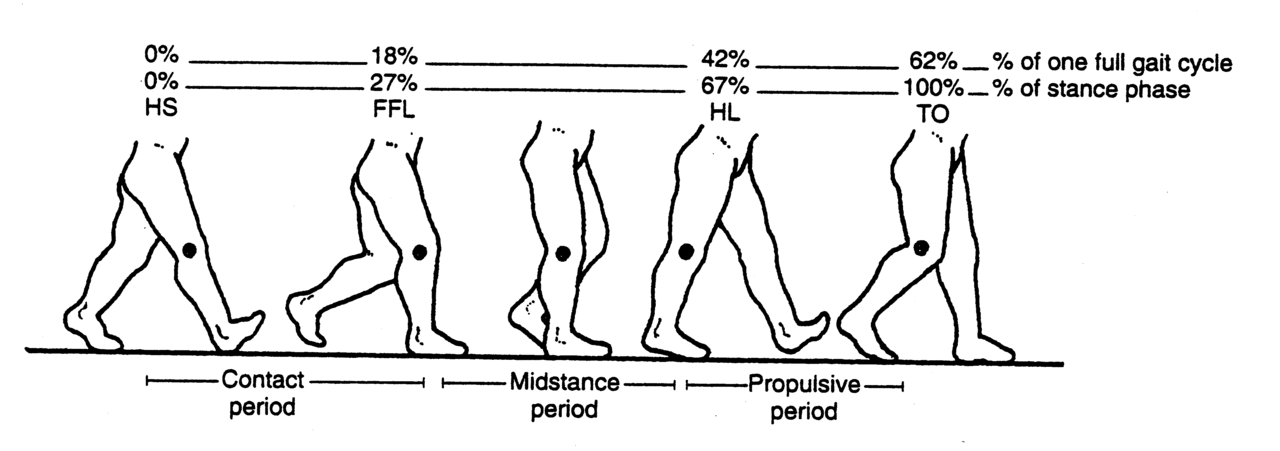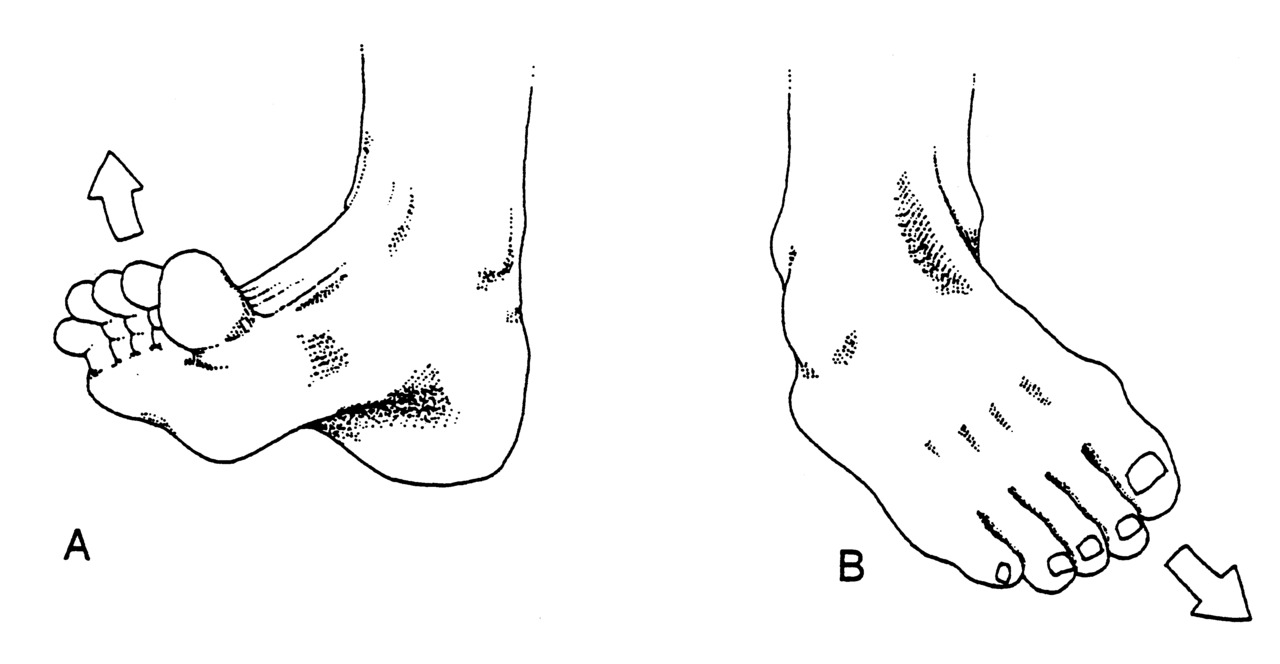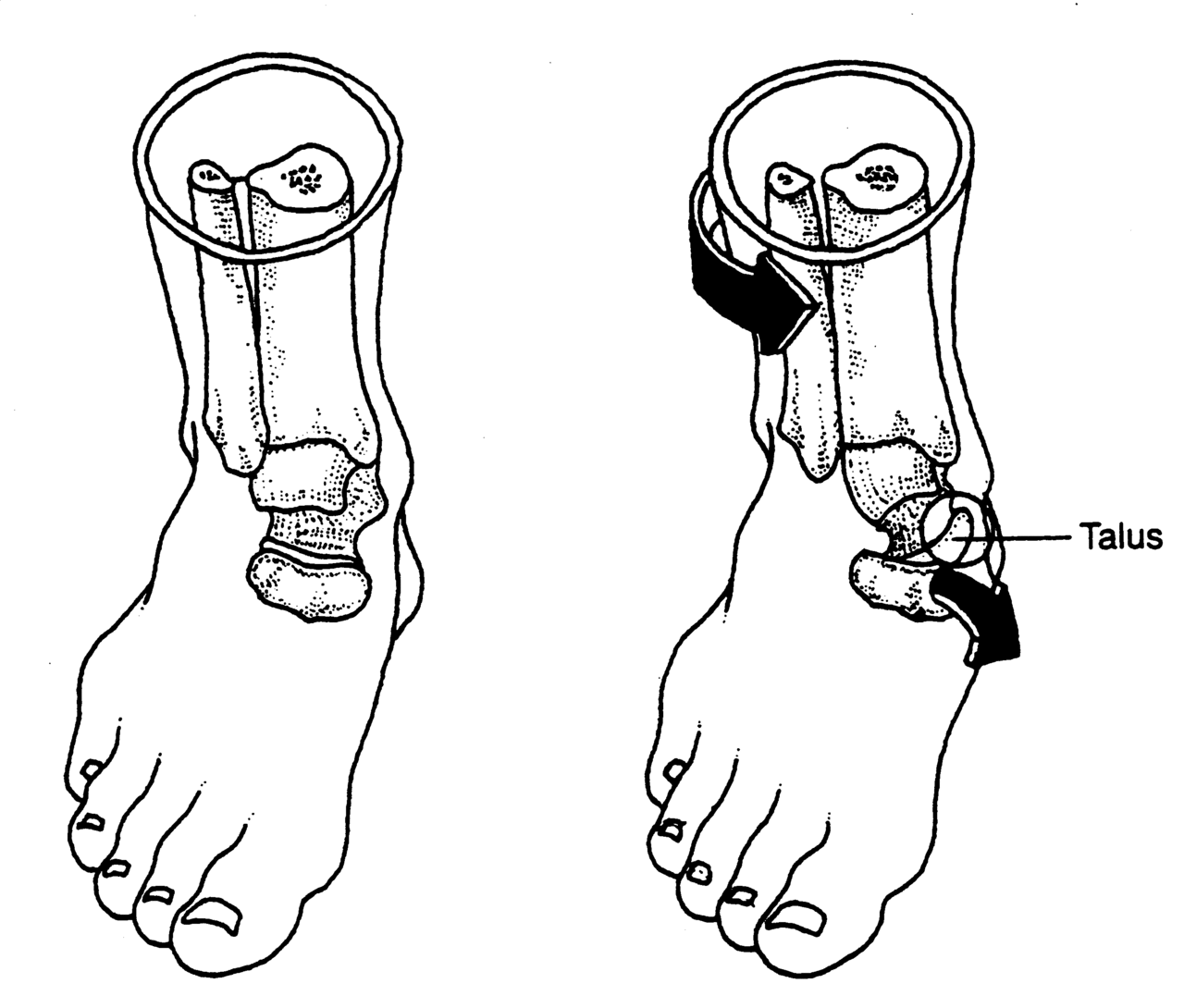Gait Cycle Basics: Part 5
Swing Phase
Our final chapter in this series….
Swing phase is less variable in its classification. It begins at toe off and ends at heel strike. It comprises 38% of the gait cycle.There must be adequate dorsiflexion of the ankle, and flexion of the knee and hip to allow forward progression.
The following classification is most commonly used:
Early swing: occurring immediately after toe off. There is contraction of the dorsiflexors of the ankle, and flexors of the knee and hip
Midswing: halfway through the swing cycle, when the swing phase leg is passing the midstance phase extremity. Acceleration of the extremity has occurred up to this point.
Late swing: deceleration of the extremity in preparation for heel strike. There is contraction of the extenders of the thigh and knee, as well as dorsiflexors of the ankle.
Perry defines the phases as:
Initial swing: the 1st third of swing phase, when the foot leaves the round until it is opposite the stance foot.
Mid swing: the time from when the swing foot is opposite the stance foot until the swinging limb is anterior to the stance phase tibia
Terminal swing: from the end of midswing, until heel strike
And there you have it. A nice review of the gait cycle. Probably more than you wanted to know, but we want to give you the facts.
Telling it like it is. We are…The Gait guys




































